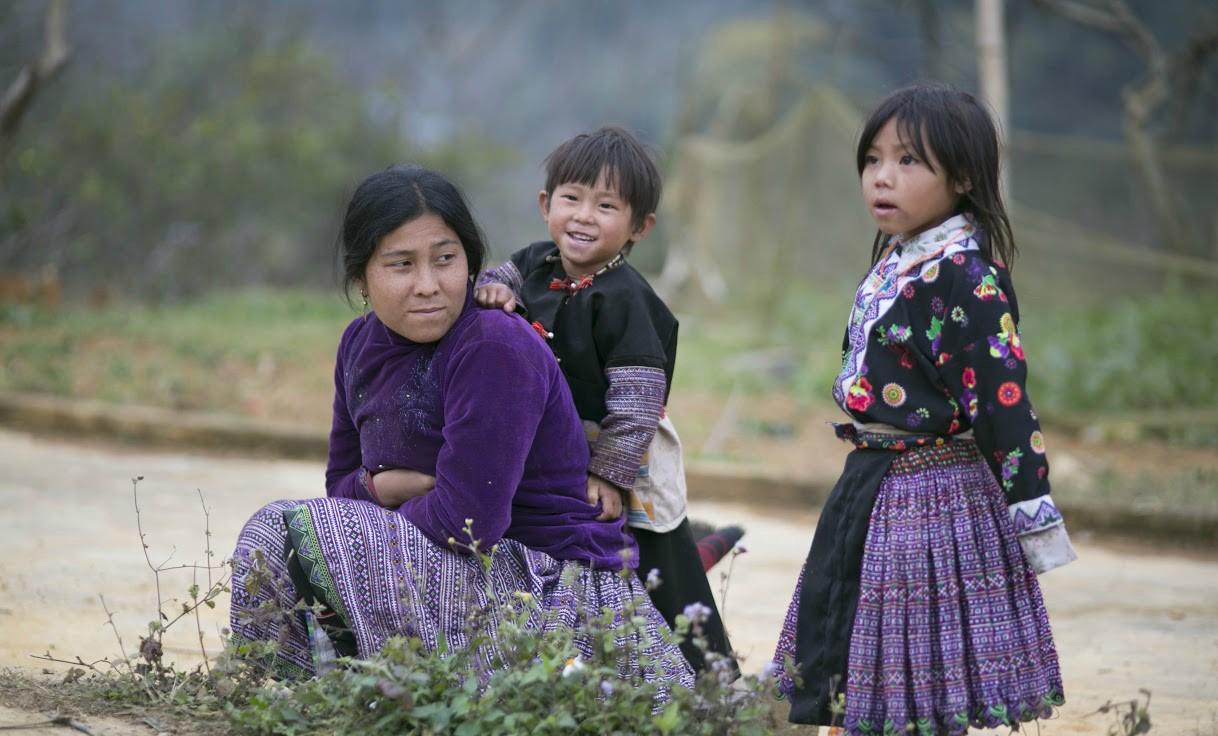Carol Graham’s recent guest blog is most helpful in drawing our attention to associations between maternal, or caregiver, wellbeing and certain child development outcomes.
Drawing on the Peru Young Lives data she mentions in particular, findings of associations between “maternal depression”, growth stunting, lower cognitive outcomes and adolescent behaviour problems that are particularly evident in the poorest women in the sample. Her findings corroborate those from other studies and have policy relevance. I would like follow-up and extend the discussion by addressing two issues:
- how we frame the relationship between poverty and maternal mental he
- how we interpret findings from the Self Reporting Questionnaire (SRQ20)[i], a screening tool for common mental disorders designed by the WHO for use in low income countries.
1. Framing poverty and maternal mental he
It is clear that over and above genetic predisposition, socio-cultural and economic pressures put the psychological wellbeing of women in low- and middle income- countries (LAMICs) at significant risk and that this compromises the quality of care they are able to provide to their children. However, in identifying the impact of living poor on the psychological wellbeing of women and mothers, and advocating for services and support to those affected (which is in their, and their children’s, interests), we must do all we can to avoid the (unintended) trap of extracting these women from their context and setting them up as responsible for providing “inadequate stimulation”, as showing “poor affectional care”, of “neglecting” their children’s heas Brown and Harris showed in their research on women in Camberwell in London, many years ago, and others working in LAMICs more recently have confirmed, it is the conditions of their lived daily worlds, most evidently the strain of living poor (particularly when compounded by a high burden of child care and exposure to oppressive and violent partners), that increases women’s vulnerability to mental he
These observations have implications for policy and interventions that provide support to women thereby improving their well-being and reducing risks to children. Several studies (such as this one in Pakistan and this in South Africa) provide evidence that such interventions improve maternal well-being while reducing health risks in young children.
It is therefore gratifying that Sustainable Development Goal 3.4 recognizes the costs to individuals and societies of mental health problems:
“By 2030, reduce by one third premature mortality from non-communicable diseases through prevention and treatment and promote mental health and well-being.”
But let us not forget Goal 1, which is to “End poverty in all its forms everywhere.” As by advancing that policy goal, we will reduce significantly the key upstream source of the psychological vulnerability among women in low- and middle-income countries.

2. Use of the WHO Self Reporting Questionnaire (SRQ20) as a measure of depression
My second point takes up Carol Graham’s reference to Young Lives findings that link maternal depression with children’s growth outcomes in later years.
This is an important finding and corroborates others from LAMICs. However, I do have a concern with the use of the term ‘maternal depression’. As is made explicit in the original WHO User’s Guide to the SRQ20 this self-report scale was designed to screen people for “mental distress” (anxiety and depression). If they score over a certain level, they are seen as at risk for a CMD (“common mental disorder”) and should be referred for further investigation and possible treatment. So SRQ20 is not a diagnostic instrument and does not measure depression per se. For that purpose, instruments that are designed to directly assess depression such as the Edinburgh Post Natal Depression Scale and the Hamilton Depression Rating Scale (neither used in Young Lives) are preferred as they are validated against clinical judgements of depression specifically.
So in my view, when referring to the SRQ20 we should rather refer to it as a tool for measuring the extent of psychological distress experienced by the respondent.
In Rounds 1 & 2 Young Lives administered the Self–Reporting Questionnaire 20 (SRQ–20), a screening tool for common mental disorders designed by the WHO for use in low income countries (WHO, 1994). Respondents are asked to answer 20 yes/no questions relating to symptoms of depression and anxiety that they have experienced in the past 30 days. The variable used in the analysis is the number of symptoms reported by the mother.
Carol Graham’s recent guest blog is most helpful in drawing our attention to associations between maternal, or caregiver, wellbeing and certain child development outcomes.
Drawing on the Peru Young Lives data she mentions in particular, findings of associations between “maternal depression”, growth stunting, lower cognitive outcomes and adolescent behaviour problems that are particularly evident in the poorest women in the sample. Her findings corroborate those from other studies and have policy relevance. I would like follow-up and extend the discussion by addressing two issues:
- how we frame the relationship between poverty and maternal mental he
- how we interpret findings from the Self Reporting Questionnaire (SRQ20)[i], a screening tool for common mental disorders designed by the WHO for use in low income countries.
1. Framing poverty and maternal mental he
It is clear that over and above genetic predisposition, socio-cultural and economic pressures put the psychological wellbeing of women in low- and middle income- countries (LAMICs) at significant risk and that this compromises the quality of care they are able to provide to their children. However, in identifying the impact of living poor on the psychological wellbeing of women and mothers, and advocating for services and support to those affected (which is in their, and their children’s, interests), we must do all we can to avoid the (unintended) trap of extracting these women from their context and setting them up as responsible for providing “inadequate stimulation”, as showing “poor affectional care”, of “neglecting” their children’s heas Brown and Harris showed in their research on women in Camberwell in London, many years ago, and others working in LAMICs more recently have confirmed, it is the conditions of their lived daily worlds, most evidently the strain of living poor (particularly when compounded by a high burden of child care and exposure to oppressive and violent partners), that increases women’s vulnerability to mental he
These observations have implications for policy and interventions that provide support to women thereby improving their well-being and reducing risks to children. Several studies (such as this one in Pakistan and this in South Africa) provide evidence that such interventions improve maternal well-being while reducing health risks in young children.
It is therefore gratifying that Sustainable Development Goal 3.4 recognizes the costs to individuals and societies of mental health problems:
“By 2030, reduce by one third premature mortality from non-communicable diseases through prevention and treatment and promote mental health and well-being.”
But let us not forget Goal 1, which is to “End poverty in all its forms everywhere.” As by advancing that policy goal, we will reduce significantly the key upstream source of the psychological vulnerability among women in low- and middle-income countries.

2. Use of the WHO Self Reporting Questionnaire (SRQ20) as a measure of depression
My second point takes up Carol Graham’s reference to Young Lives findings that link maternal depression with children’s growth outcomes in later years.
This is an important finding and corroborates others from LAMICs. However, I do have a concern with the use of the term ‘maternal depression’. As is made explicit in the original WHO User’s Guide to the SRQ20 this self-report scale was designed to screen people for “mental distress” (anxiety and depression). If they score over a certain level, they are seen as at risk for a CMD (“common mental disorder”) and should be referred for further investigation and possible treatment. So SRQ20 is not a diagnostic instrument and does not measure depression per se. For that purpose, instruments that are designed to directly assess depression such as the Edinburgh Post Natal Depression Scale and the Hamilton Depression Rating Scale (neither used in Young Lives) are preferred as they are validated against clinical judgements of depression specifically.
So in my view, when referring to the SRQ20 we should rather refer to it as a tool for measuring the extent of psychological distress experienced by the respondent.
In Rounds 1 & 2 Young Lives administered the Self–Reporting Questionnaire 20 (SRQ–20), a screening tool for common mental disorders designed by the WHO for use in low income countries (WHO, 1994). Respondents are asked to answer 20 yes/no questions relating to symptoms of depression and anxiety that they have experienced in the past 30 days. The variable used in the analysis is the number of symptoms reported by the mother.

